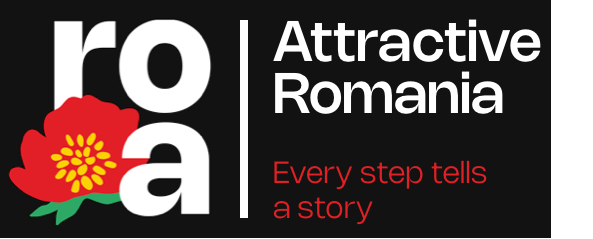The auxiliary fort at Bologa was the westernmost Roman fortification on the border of Dacia Porolissensis.
Constructed immediately after the Roman conquest, during the reign of Emperor Trajan (106-117 AD), the fort played an important role in monitoring access from the western part of the province of Dacia.
Throughout its existence, three construction phases have been identified. From an initial fortification with an earthen rampart and wooden palisades, the fort expanded, being built in stone between the mid-2nd and early 3rd centuries AD.
Significant events have been recorded in its history, one of which was the visit of Emperor Caracalla in 214 AD.
Presently, the auxiliary fort at Bologa is considered one of the best-preserved archaeological sites of its kind in Romania.
Architectural Features
Within the fortification, the following structures have been identified: the command building (principia), the commander's residence (praetorium), granaries (horrea), and barracks.
From the principia courtyard, one entered a covered hall (basilica), which had at least one tribunal on each side. The 4-5 rooms at the back were probably intended for administration, with the central one serving as the troop standards' sanctuary.
The praetorium has the typical plan of a Mediterranean house, with a central courtyard surrounded by a portico on all sides. The rooms on the eastern and partially southern sides had underfloor heating systems (hypocaustum).
Invaluable treasures
The archaeological discoveries made within the perimeter of the auxiliary fort at Bologa are impressive.
Among the artifacts corresponding to the first phase of the fort, we mention: Republican denarii or those issued by emperors of the 1st century (Nero, Otho), luxury ceramics (terra sigillata), as well as stamped tiles.
In the commander's residence (praetorium), the archaeological material varies considerably, from precious metal jewelry to clothing and harness pieces, quite a bit of weaponry and military equipment, metal and glass vessels, but also window fragments, unique in Dacia until now.
Unique Experiences
At Bologa, near the ruins of the Roman fort, you will discover one of the most beautiful medieval citadels in Transylvania. Climbing to the upper level of the circular keep of the citadel, you will be rewarded with a charming panorama of the Crișul Repede valley.
Nearby is the Bologa Water Mill, one of the oldest in Cluj County. The mill also operates a "vâltoare," a device consisting of a large wooden tub, where the force of water helps clean clothes, rugs, and carpets. And the owner, Mrs. Floarea Geran, welcomes you cheerfully and warmly to share with you the experience of the millers of yesteryears.
3D Animation
Virtual tour
Facilities
Wi-Fi
No
Sanitary group in the location or proximity
No
Parking
In proximity
Restaurant or cafe on the premises
No
Access facilities for disabled people
No
Landmark access
Bicycle, Walking, By car
Access and entry
Free entry
Status
Temporarily closed, Under rehabilitation
The custodians reserve the right to modify the visiting conditions of the attractions.
Reviews











 Continue with Google
Continue with Google
